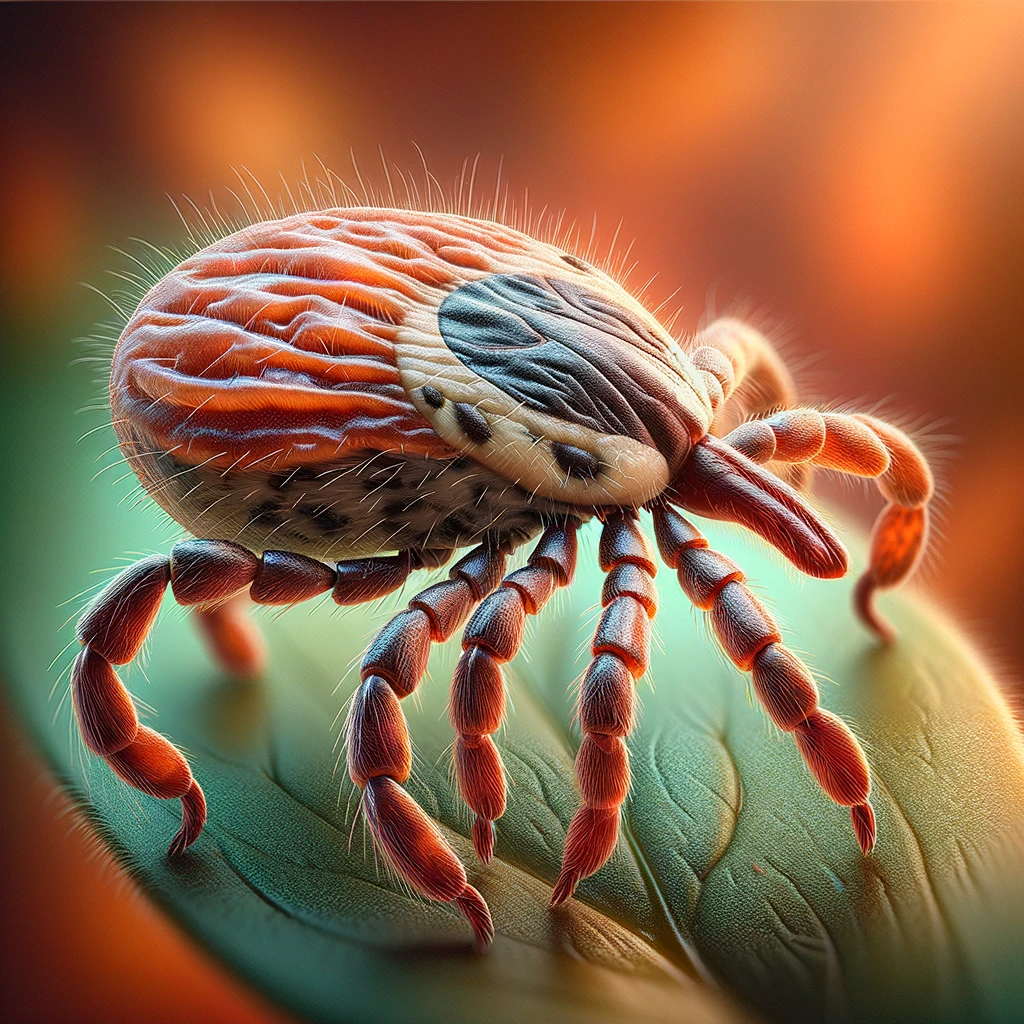The Hidden Dangers of Tick Bites in Australia

Australia’s stunning landscapes beckon us to its outdoors, but amidst the beauty, there’s a tiny threat that should not be ignored. Ticks, the notorious little bloodsuckers, are more than just a nuisance—tick bites in Australia can cause serious health issues like allergic reactions, including tick anaphylaxis and mammalian meat allergy (MMA), and transmit diseases. Let’s unpack the risks and protective measures to keep you safe.
Ticks in Australia: A Widespread Concern
Ticks are not just a coastal problem in Australia; they’re found inland too. Research from the Australasian Society of Clinical Immunology and Allergy highlights their presence across various regions.
As for their seasonal activity, adult ticks are particularly prevalent from July to December. This period is often designated as the “tick season” in Australia, warranting increased vigilance for both personal and public health measures during these months. Whether residing in coastal or inland regions, awareness and prevention strategies should be heightened accordingly.


Alpha-Gal and Alpha-Gal Syndrome: The Unseen Threat
Alpha-gal, a sugar molecule found in most mammals but not humans, can become a part of our diet through red meat or other animal products. Alpha-Gal Syndrome (AGS), triggered by this molecule, is an allergic reaction that can be severe. The CDC notes over 110,000 suspected AGS cases from 2010 to 2022, but the actual numbers might be higher due to underreporting.
The Severity of Tick Bites in Australia
While most tick bites are harmless, some can lead to severe allergic reactions. A New South Wales hospital study recorded over 550 tick bite cases in two years, with 34 leading to anaphylaxis—over 75% of these required adrenaline treatment.
Ticks 101: Know Thy Enemy
Australia is home to around 70 tick species, with the Paralysis Tick being the most notorious. Understanding the tick life cycle is crucial for knowing when and where they are most active. While many tick bites are harmless, some can transmit diseases or cause severe allergic reactions.
Allergies and Symptoms: What Can Go Wrong?
Tick anaphylaxis can be immediate and severe, with symptoms like hives, swelling, and difficulty breathing. Mammalian Meat Allergy (MMA), on the other hand, is a delayed reaction with symptoms like itchy skin and swelling appearing hours after consuming mammalian meat.
Immediate Actions for Tick Anaphylaxis:
- Administer an adrenaline autoinjector (EpiPen) if available.
- Call emergency services immediately.
- Keep the affected person calm and still until help arrives.
- First Aid for Tick-Induced Anaphylaxis:
- Lay the person down and elevate their legs.
- Administer Adrenaline immediately.
- Call for an ambulance and describe the life-threatening situation.
- Safe Tick Removal and Post-Bite Care
In Australia, the recommended method for tick removal is freezing the tick with a specialized product, then gently lifting it off. Post-bite, disinfect the area and monitor for symptoms. If you’ve had tick anaphylaxis before, always carry an EpiPen.
Preventing Alpha-Gal Syndrome
- Avoid tick-prone areas like wooded or bushy terrains with long grass.
- Dress appropriately with long pants tucked into socks, long-sleeved shirts, a hat, and gloves.
- Use insect repellents with at least 20% DEET concentration.
- Treat your clothes with permethrin or buy pre-treated garments.
- Make your backyard tick-unfriendly by clearing brush and stacking woodpiles in sunny areas.
- Conduct thorough tick checks after outdoor activities.
- Shower after being outdoors to wash off any ticks.
- If you find a tick, remove it with tweezers without squeezing its body, then apply antiseptic.
Staying informed and prepared is the best way to enjoy Australia’s great outdoors without falling victim to the hidden dangers of tick bites. Share this knowledge with your fellow adventurers, and stay safe out there!
Have a look at our range of products for Tick’s









 Mosquito Traps
Mosquito Traps